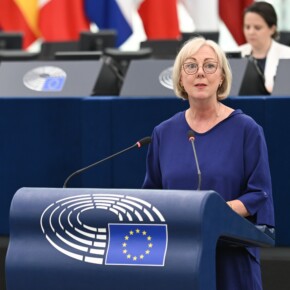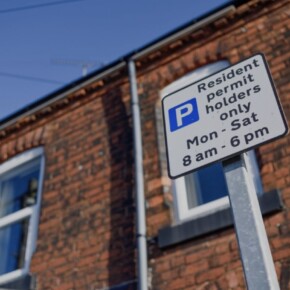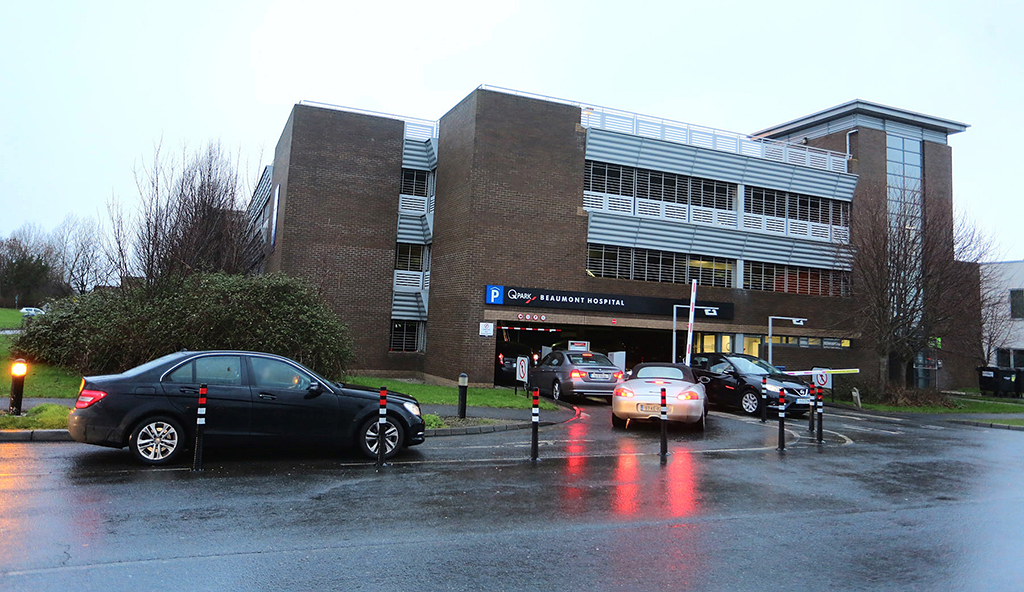Writing is on the wall for the city’s graffiti vandals
Dublin People 04 Mar 2017SCHOOLCHILDREN were warned of the repercussions of spraying graffiti at the launch of a new clean-up initiative last week.
Speaking at the official launch of Dublin City Council’s ‘Graffiti is a Crime, Think Don’t Tag’ campaign in the Oak Room of the Mansion House, the Lord Mayor of Dublin, Brendan Carr, said the issue was becoming a real problem.
“Dublin is a vibrant city, but regrettably graffiti is prevalent in many of our public spaces,” the Lord Mayor said. “I hope that this new campaign will encourage young people to take pride in their city and respect other people’s property.”
Dublin City Council is running the campaign in partnership with the gardai and animator Andrew James who produced a coloured animated video and poster to raise awareness among children about tagging and graffiti and how this criminal activity can have serious consequences for them in the future.
It is hoped that this new animated video, which features the character ‘Buddy’, will appeal to younger people and encourage them to make better choices when they are older.
Inspector Liam Geraghty said: “Graffiti is a crime; don’t damage your future by damaging someone else’s property.
“If you are caught or identified damaging property or found in possession of anything with intent to damage property you can be arrested and if convicted in the District Court imprisoned or fined up to €2,500. It’s your city, respect your environment.”
An Garda Síochána’s Community Relations Bureau will forward a proposal to the Department of Education and Skills for the inclusion of the ‘Graffiti is a Crime, Think Don’t Tag’ video in the Garda Primary Schools Programme.
The new ‘Graffiti is a Crime, Think Don’t Tag’ Campaign was initially proposed by the South-East Area Joint Policing Subcommittee.
“Graffiti is a very visible problem in the city,” the council stated. “It is important for both business and visitors that there is a strategy in place to deal with the problem.
“It can also be very upsetting for residents whose private property has been daubed repeatedly with offensive slogans.”
Dublin City Council engages a contactor to remove graffiti and has a crew within the Waste Management Division dedicated to removing offending material.
The council also removes graffiti from its own property including bridges, playground equipment in parks, and on street furniture.
“We also remove offensive graffiti from private property,” the council added. “We work closely with business organisations and individual traders as regards graffiti. In the case of residents and community associations, we supply them with graffiti wipes and other materials to deal with graffiti.”
It is estimated that the cost of graffiti removal in Dublin alone is in excess of €1 million. It has been pointed out that some of this money could be better spent on parks, libraries and other essential services.
“Graffiti is expensive to remove, particularly on protected structures where great care has to be taken not to damage stonework during removal,” the council added.
Complaints in relation to graffiti are dealt with by the council’s Customer Services Centre and referred to the appropriate area for removal.
In 2016, there were 942 graffiti removal requests received by Dublin City Council.











